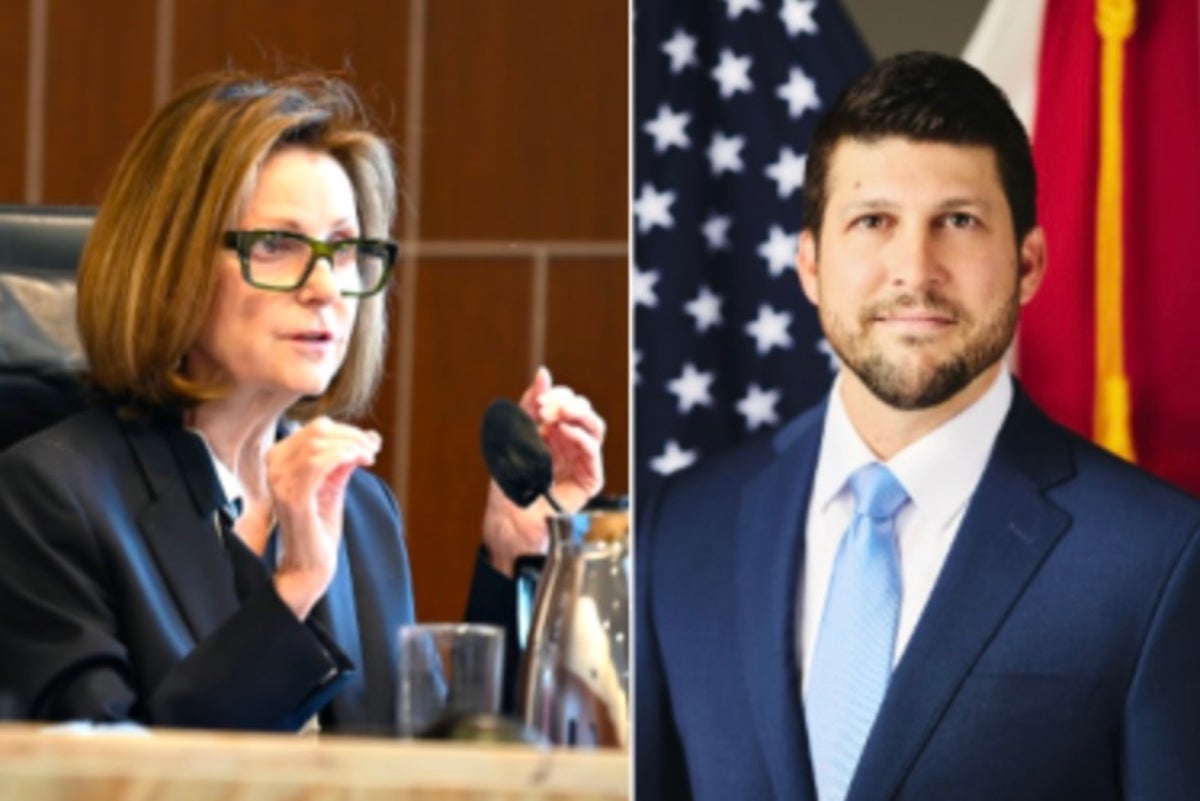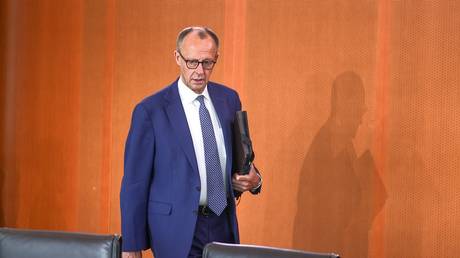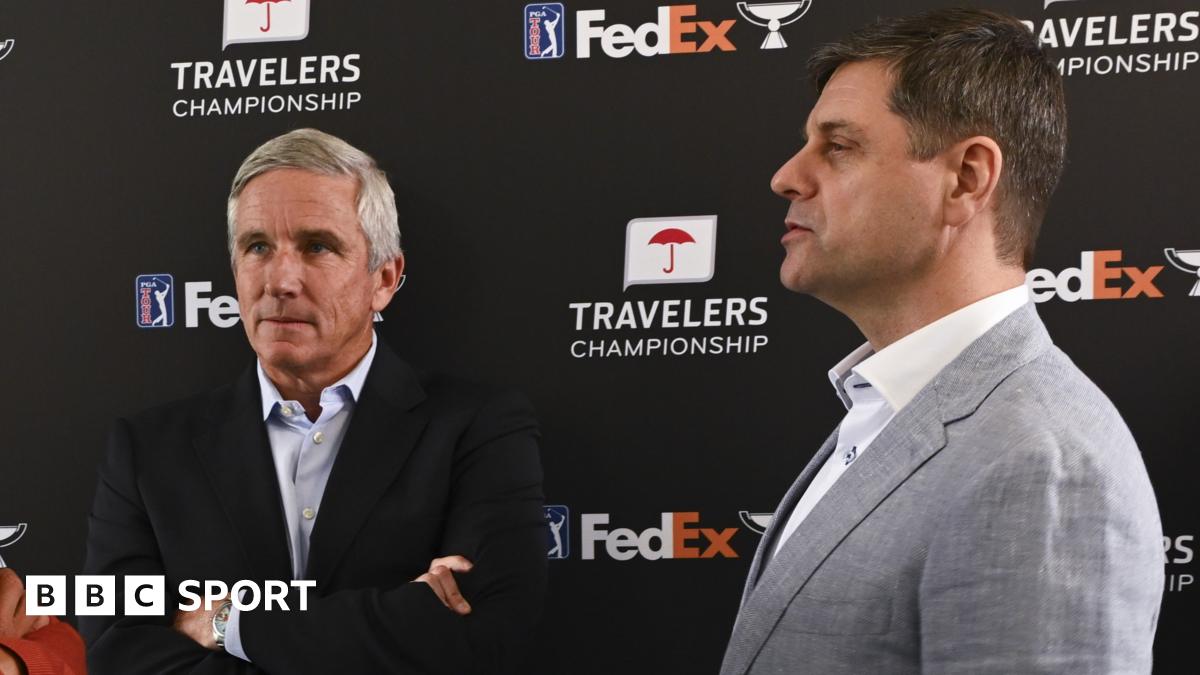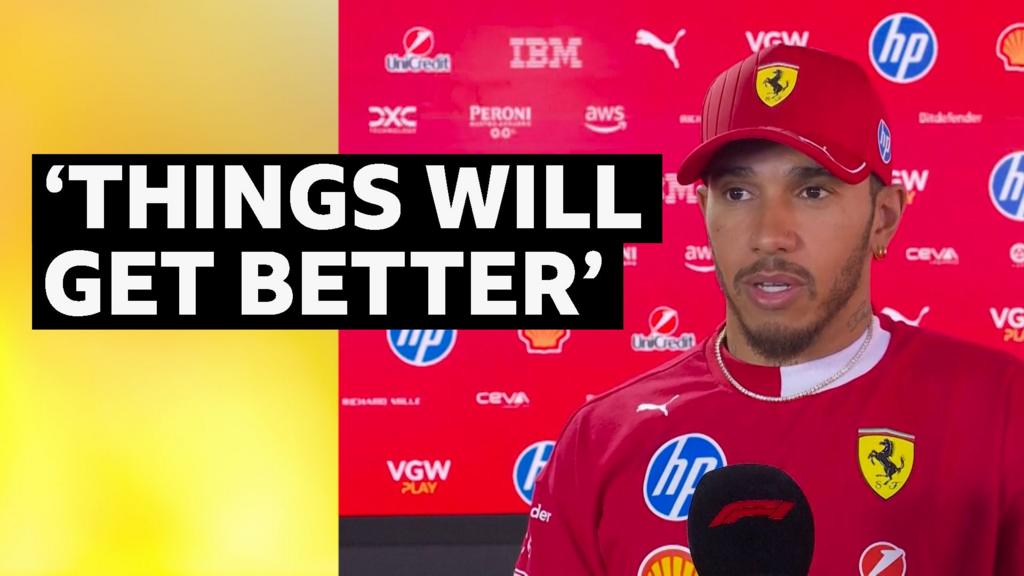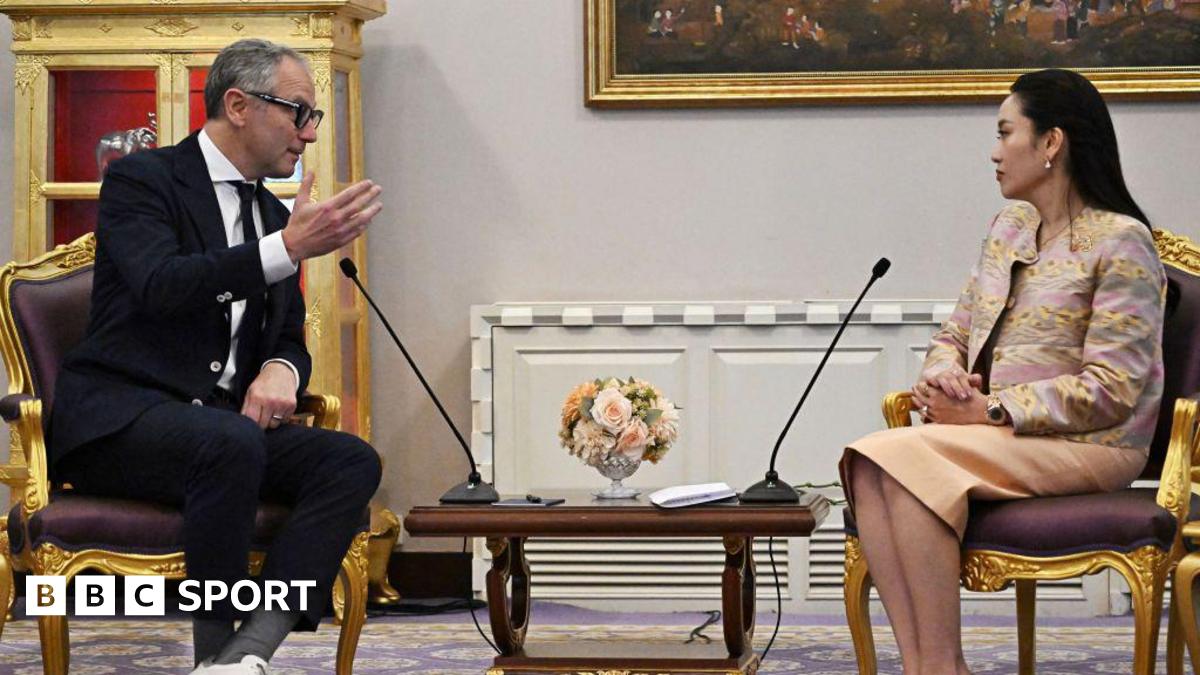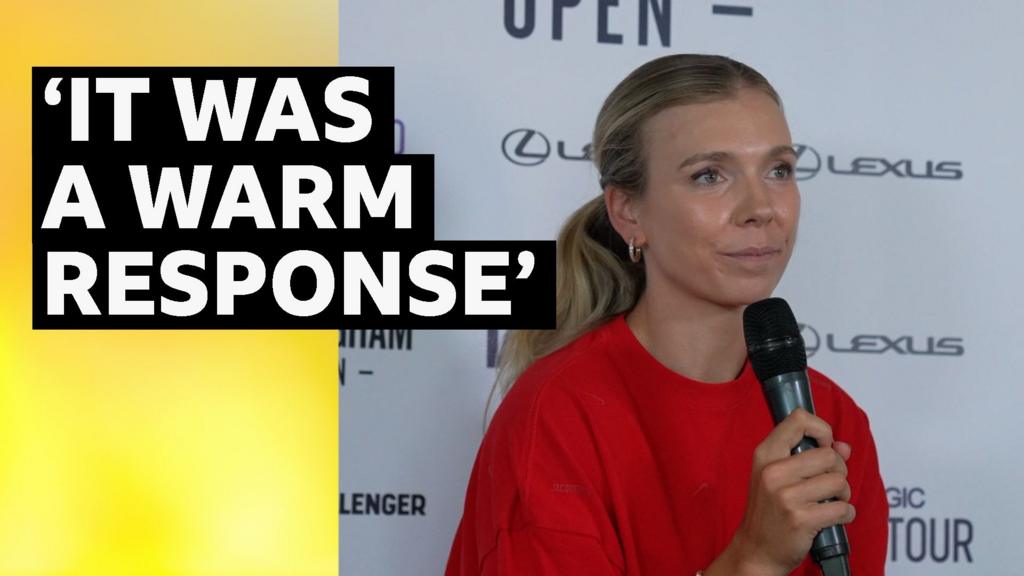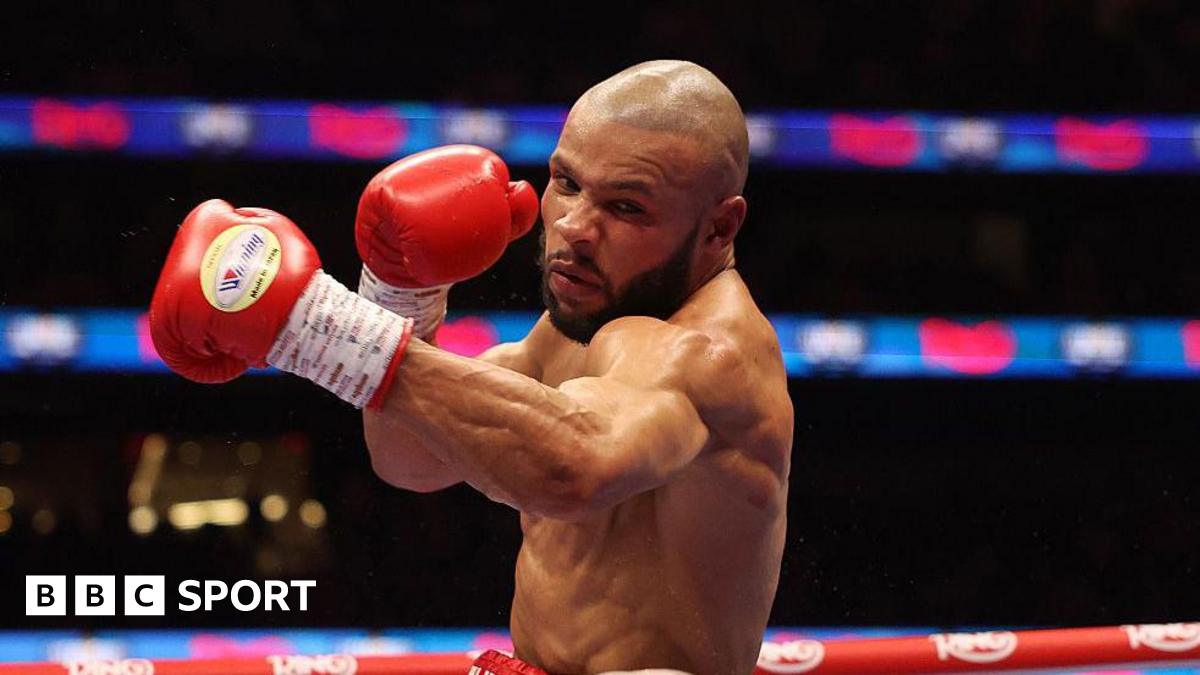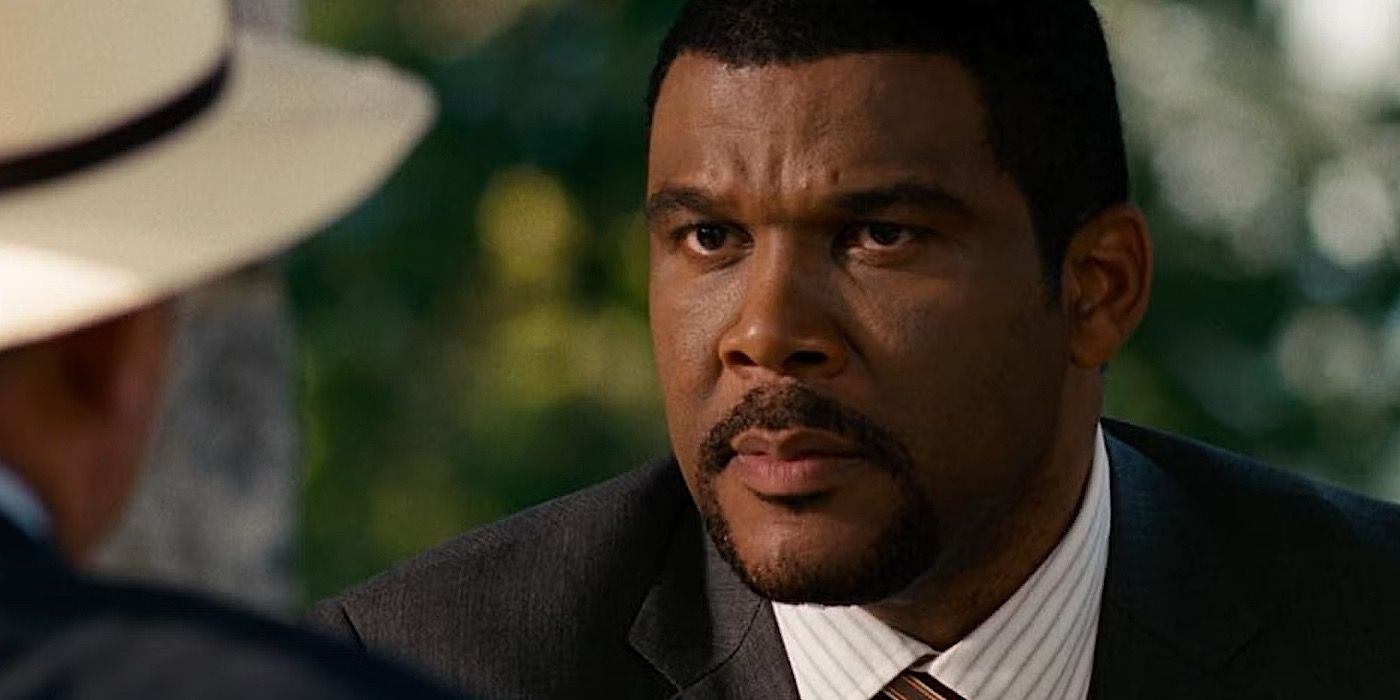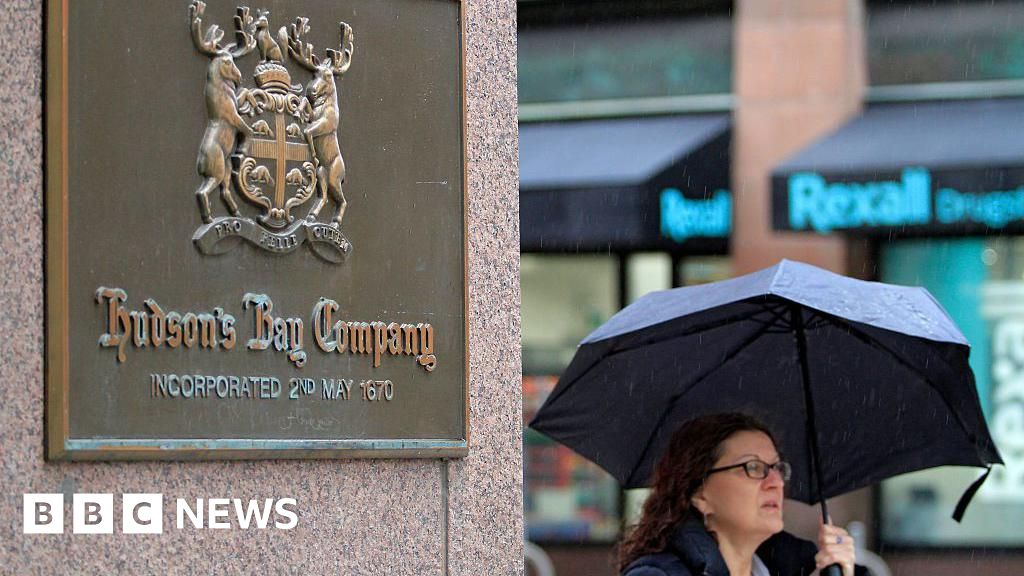Silence isn’t golden

The era of the invisible CEO is over. In 2025, silence equals irrelevance. Today’s audiences in the attention economy don’t wait for press releases. They’re actively engaged on LinkedIn, exploring niche podcasts, diving into Substacks, and sizing up leaders not just on what they sell, but what they stand for.
The crucial question then becomes: In a landscape filled with tech skepticism, debates over “hero leaders,” the influence of cancel culture, dwindling newsrooms, and widespread misinformation, is a public voice essential for CEOs?
According to recent data, yes. You can’t afford for them not to have a public voice.
The days of direct influence
Forget billboards and banner ads; direct communication is more effective than almost every other source of information in terms of trust and influence.
According to Mission North’s Brand Expectations Index:
- 84% of knowledge workers and 81% of the general public trust direct communications from companies, including podcasts, long-form articles, and videos, more than national news, social media, or even academic journals.
- Among knowledge workers, technical articles (72%), practical explainers (69%), and human-interest stories (66%) are especially effective in building credibility and deepening knowledge.
- 75% of IT decision makers report increased trust when they encounter real-world stories of people using or innovating with AI.
These aren’t just content preferences. They’re strategic cues for how—and where—audiences want to engage.
Thought leadership is the new due diligence
The 2024 LinkedIn-Edelman B2B Thought Leadership Impact Report adds more urgency:
- 73% of decision makers say thought leadership is more trustworthy than product sheets or traditional marketing.
- 70% of C-suite executives say high-quality thought leadership has made them question whether to stick with a current vendor.
- 90% say they’re more receptive to outreach from companies that publish insightful content regularly.
In short: If your brand wants a seat at the table, it needs to consistently say something smart—and human. Your content is your strategy. And your CEO is your sharpest edge, or your most prominent blind spot.
The CEO effect: Reputation as a trust multiplier
A company’s brand is increasingly a reflection of its leadership. From vision and values to risk tolerance and resilience, executives are expected to show up and show their work.
According to the Brand Expectations Index, 67% of knowledge workers and 57% of the public believe the CEO’s reputation directly influences their trust in a company. That number climbs in innovation-forward sectors like AI, healthtech, and climate.
And the message can’t be all features and forecasts. Today’s audiences, especially in tech, seek techno-optimism: forward-looking, hopeful stories that focus on human possibility. It’s a mindset: “Don’t just tell me what the technology does. Show me who it helps, and how.”
When CEO visibility is a must
- In B2B industries, credibility is paramount: Buyers want to know who’s behind the product—reputation and reliability matter.
- Emerging industries demand clear leadership: In industries like AI, climate tech, or biotech, trust is still being built, making it a prime opportunity for CEOs to shape the narrative.
- Investors invest in people, not just products: Pre-IPO or high-growth phases magnify the equation where visibility equals credibility, which in turn equals valuation.
- Values-led brands require visible leadership: A silent CEO can signal apathy at best, evasion at worst.
- Attracting top talent depends on engaging leadership: The next generation wants to work with leaders, not just for them.
If you’re in one of these categories and your CEO is nowhere to be found, that silence speaks volumes, not in your favor.
The limits of CEO visibility
There are real limits to putting the CEO front and center:
- Authenticity gap: Not every CEO is a natural communicator, and audiences can smell a ghostwriter.
- Brand-led companies: In some B2C or community-led brands, the product or movement is the hero, not the leader.
Crisis optics: When a company is under fire, CEO visibility can sometimes inflame rather than reassure.
If the CEO can’t lead out front, who can?
When the CEO isn’t the right messenger, companies still have impactful options:
- Other executives: Elevate functional leads, from CTOs to CHROs, who can speak credibly to their domains.
- Structured editorial formats: Launch a company podcast, Substack, or LinkedIn series that features a range of internal voices and customer stories.
Narrative clarity: Shape a strategic story arc that anchors all content, from founder essays to customer case studies, even if it doesn’t come from the CEO directly.
Owned platforms: Use LinkedIn, Medium, YouTube, and even internal newsletters to showcase expertise in ways that feel transparent and consistent.
The key? Tell real stories. Lead with humans. Don’t just spotlight innovation—show how it solves problems that matter.
The bottom line
Today’s business landscape favors the bold. Not the brash, but the brave. That doesn’t always mean having the loudest voice, but it does mean having a meaningful one.
Whether through the CEO or a broader bench of leaders, companies must find a way to lead in public: to show values, expertise, and vision in a way that feels honest and human. Done right, executive thought leadership isn’t vanity PR — it’s strategic infrastructure for brand trust, market leadership, and business growth. And in the age of AI, authenticity, and algorithmic noise, your CEO’s voice isn’t just a nice-to-have; it can be your most significant differentiator.
Tyler Perry is co-CEO of Mission North.
What's Your Reaction?
 Like
0
Like
0
 Dislike
0
Dislike
0
 Love
0
Love
0
 Funny
0
Funny
0
 Angry
0
Angry
0
 Sad
0
Sad
0
 Wow
0
Wow
0

